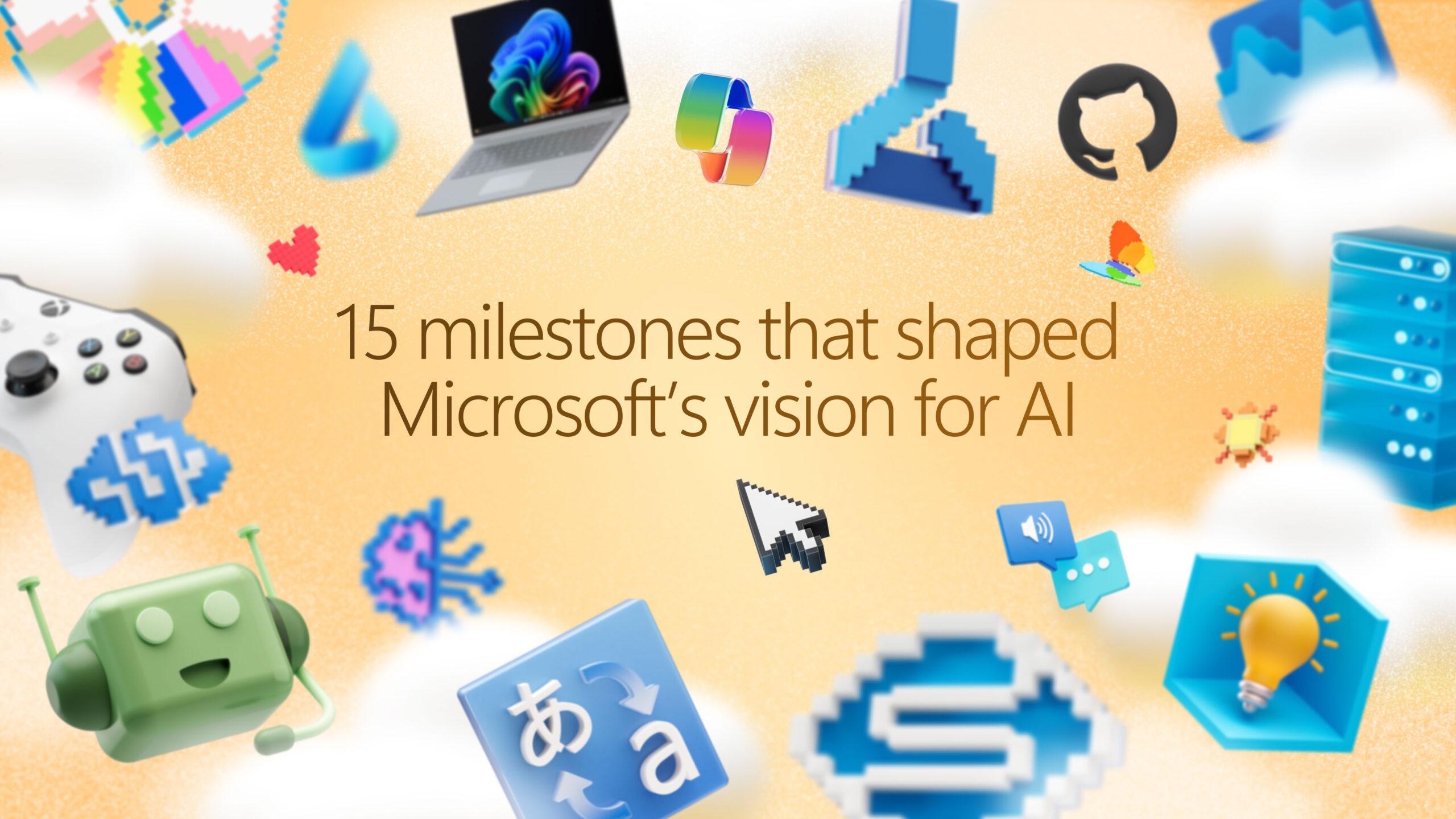
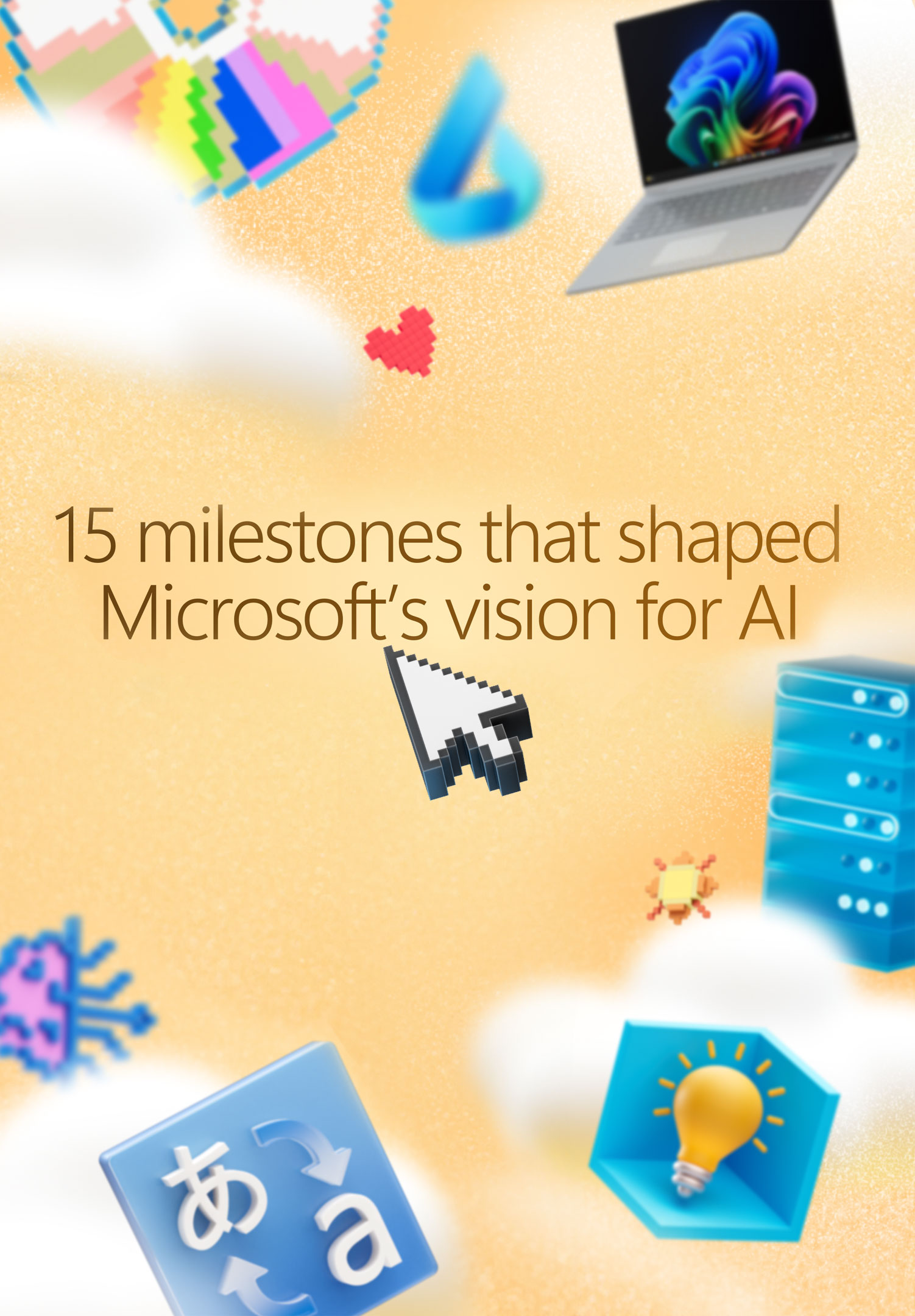
While it may seem like AI emerged over the past few years as a fully formed technology poised to help change the way we interact with the world around us, the reality is that the development of AI has taken decades of work – and early progress in areas like machine learning and natural language processing – with much more advancement to come.
Even if Bill Gates wasn’t specifically thinking of AI during his first day at the office back in 1975, there’s no mistaking that the technological breakthroughs and innovations Microsoft has shepherded over the last 50 years were critical steps on the path leading to today’s AI era.
From the launch of the first operating system in 1985 to Gates’ Tidal Wave memo 10 years later that predicted the power of the internet, the company’s superpower has always been embracing change and pointing toward the future. That continued with foundational papers authored by Microsoft Research on Bayesian Networks and the Z3 theorem prover that paved the way for AI developments to come.
As AI becomes more integral to day-to-day life, let’s explore how several key Microsoft milestones helped lay the foundation for where we are today and how the company plans to develop the most trusted AI platform, tools and infrastructure for the future.
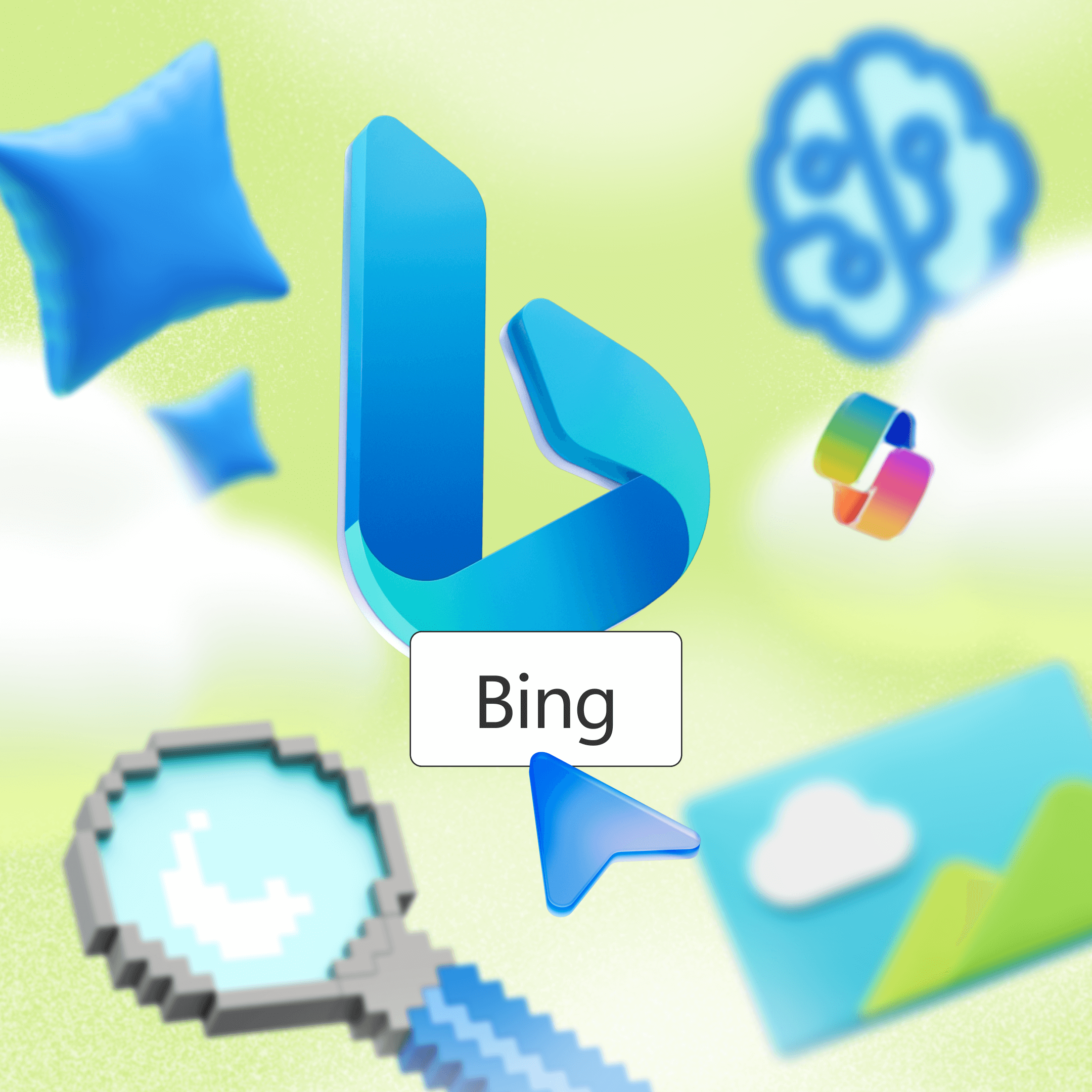
Bing launches with natural language capabilities
Evolving from Windows Live Search, Bing’s 2009 launch introduced several notable machine learning features at its inception, including search suggestions during query input and a list of related searches, known as the “Explore pane.” These features leveraged semantic technology from Powerset, a company Microsoft acquired in 2008.
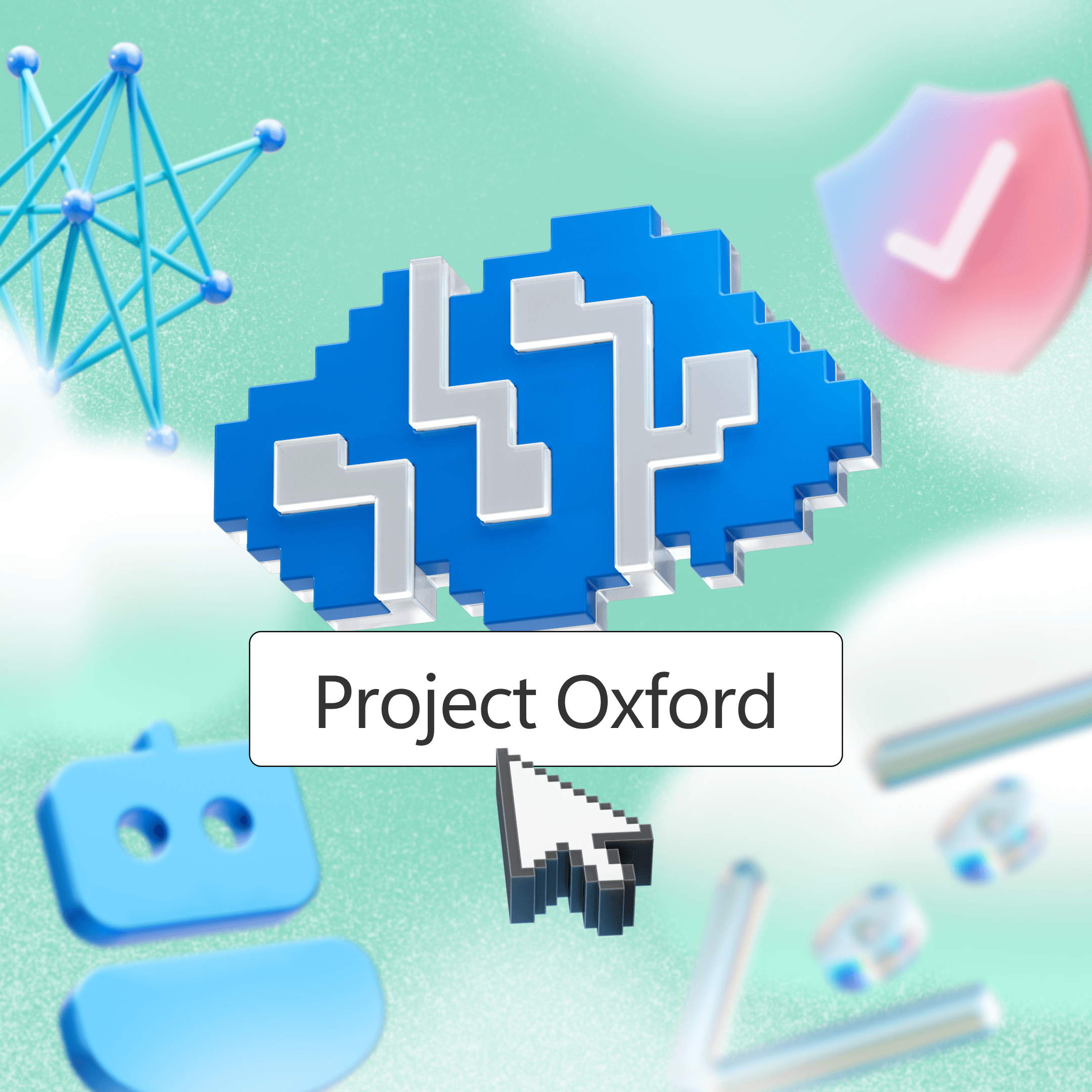
Project Oxford lays foundation for breadth of AI capabilities in Azure
Many of Microsoft’s technical advancements are built on the success of Azure. This codenamed project, released in 2015, provided developers with a set of intelligent technologies used for building smarter apps featuring face detection, voice recognition and language understanding. It is now known as Azure AI Foundry.
“So much of this goes back to Bing,” said Eric Boyd, Microsoft’s corporate vice president, Azure AI Platform, who began his Microsoft journey in Bing Ads Development. “We built all of this infrastructure for how to train AI models, how to iterate and experiment to see which AI model was actually performing best. All of that infrastructure turned into pieces and components of things that we now serve through Azure AI.”
The number of critical products that sprang from Azure include conversational AI app development, Microsoft Cognitive Services, a suite of responsible AI tooling and Azure OpenAI Service, which combines powerful language models with Azure’s enterprise capabilities. Today more than 60,000 organizations are using Azure AI Foundry and 65% of the Fortune 500 have adopted Azure OpenAI Service.
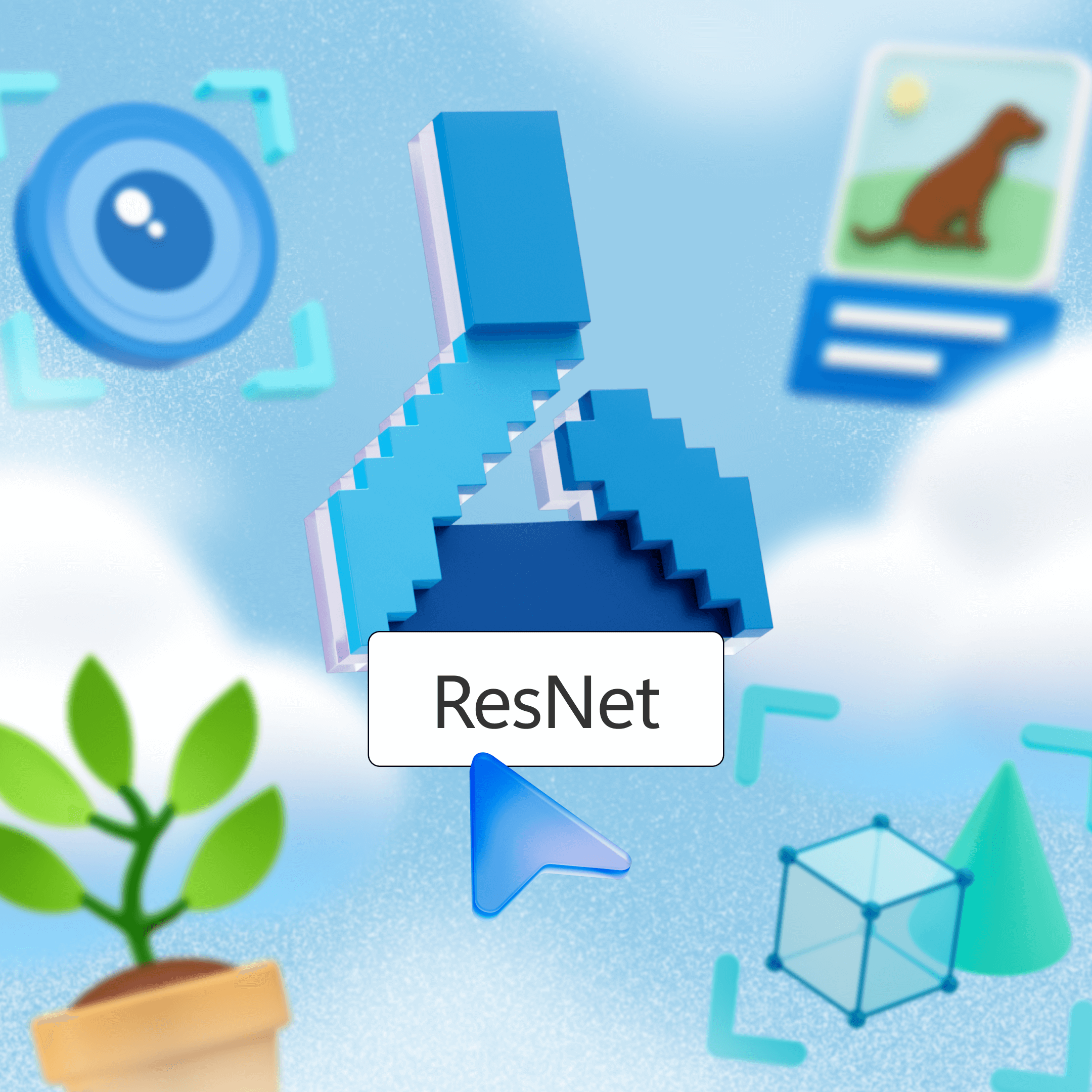
A new framework boosts deep neural network training and performance
A breakthrough from Microsoft Research, Deep Residual Networks, aka ResNet, was introduced in 2015. The residual learning framework significantly improved the training of deep neural networks, enabling the development of deeper architectures with better performance. It helped open the door for a wide range of practical applications, many of which are critical to our lives today.
“ResNet set the standard for computer vision that’s used everywhere,” Peter Lee, president of Microsoft Research, said. “If you have a self-driving car, it’s using AI based on ResNet. If you’re getting an MRI in the clinic, that MRI machine also has technology based on ResNet.”

A leap in multisensory and multilingual learning
In a five-year period starting in 2015, Microsoft achieved human performance parity on several benchmarks in conversational speech recognition, machine translation, conversational question answering, machine reading comprehension and image captioning.
These five breakthroughs were key in producing a leap in AI capabilities, achieving multisensory and multilingual learning that is closer in line with how humans learn and understand. These breakthroughs led to Microsoft’s development of XYZ-code, the intersection of three attributes of human cognition: monolingual text (X), audio or visual sensory signals (Y) and multilingual (Z) – and were integrated into Azure AI services to help customers accelerate more powerful and integrative AI systems.
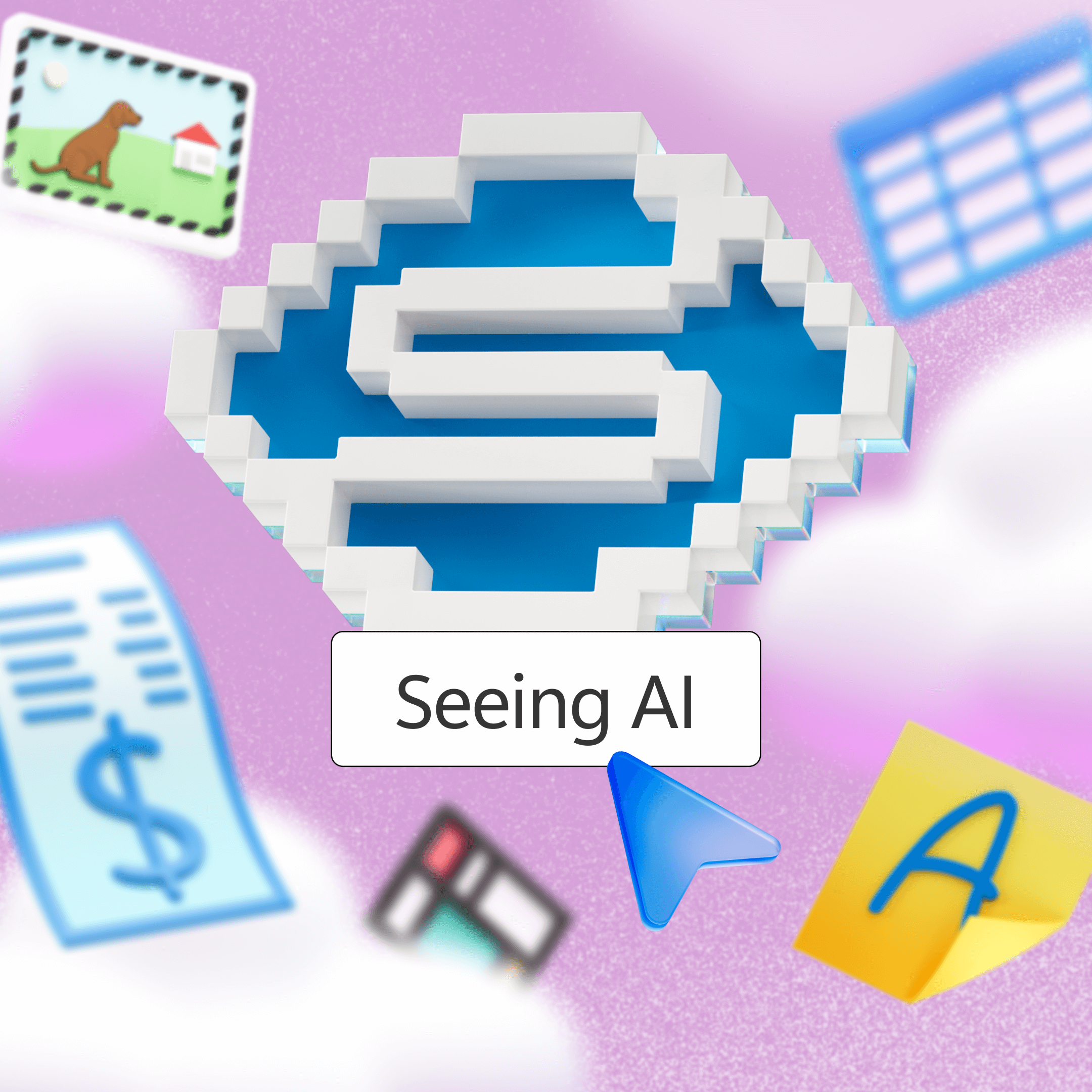
Enhancing accessibility by making the visual world audible
With the goal of creating technology that increases accessibility, Microsoft introduced Seeing AI in 2016. This real-world example of AI uses computer vision and natural language processing to describe a person’s surroundings, read text, answer questions, identify currency and even describe people around you and facial expressions.
The Find My Things feature helps people who are blind or have low vision personalize their experience by teaching the tool to recognize the items they actually use and potentially misplace. These may include small items like house keys or earbuds.
Accessibility makes Microsoft tools and technologies easier for everyone and accelerates innovation for the world, including products such as Reading Coach, which helps students learn to read and supports emerging readers and learners with dyslexia.
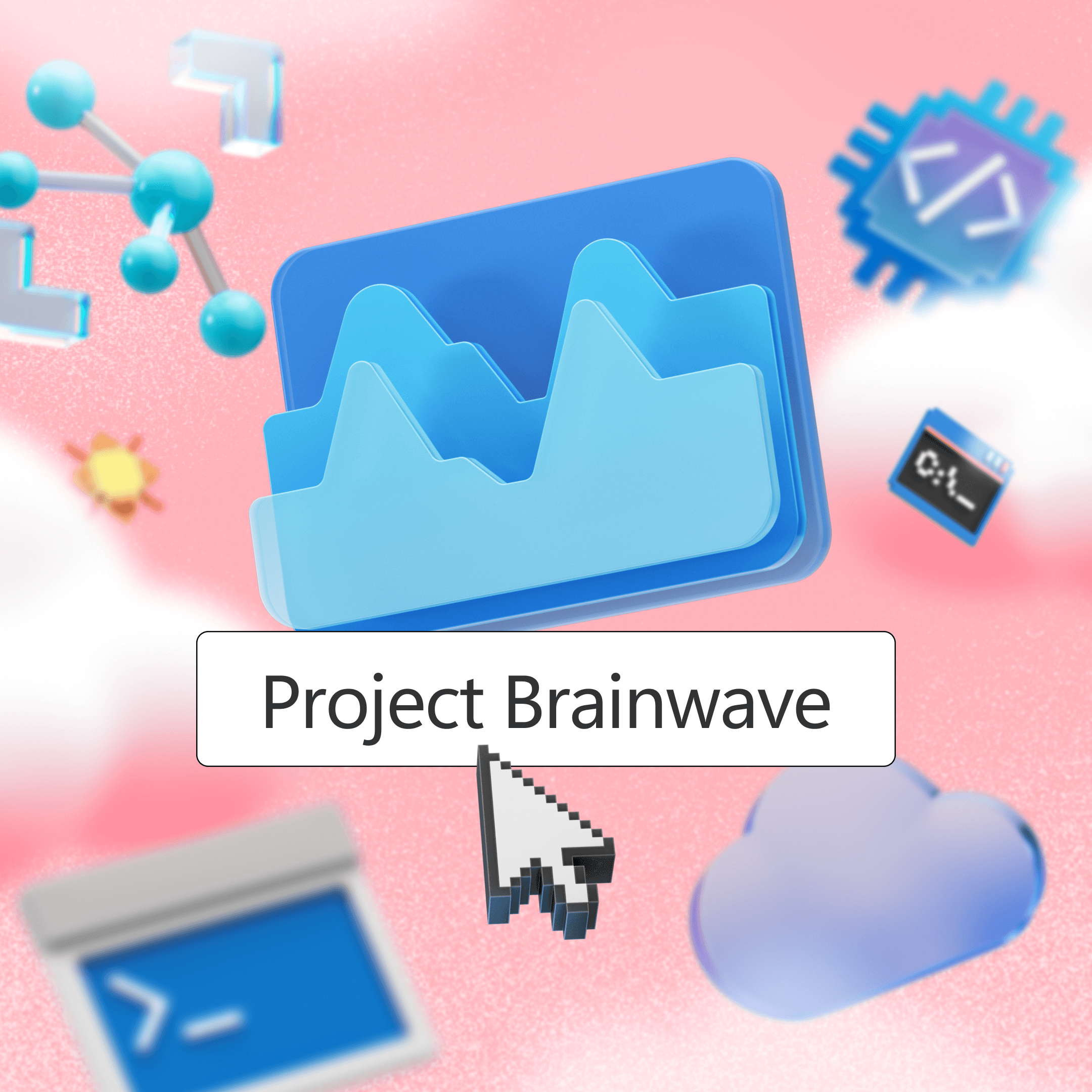
Changing the speed of AI processing
2017 marked the arrival of Brainwave, a deep learning acceleration platform designed to run real-time AI workloads at scale on Microsoft’s cloud infrastructure. Brainwave combines field-programmable gate arrays (FPGAs) with high-performance software, significantly boosting the performance of AI models, particularly for tasks like image recognition and natural language processing. Brainwave marked an important leap in how Microsoft approached AI hardware and cloud-based AI inference.
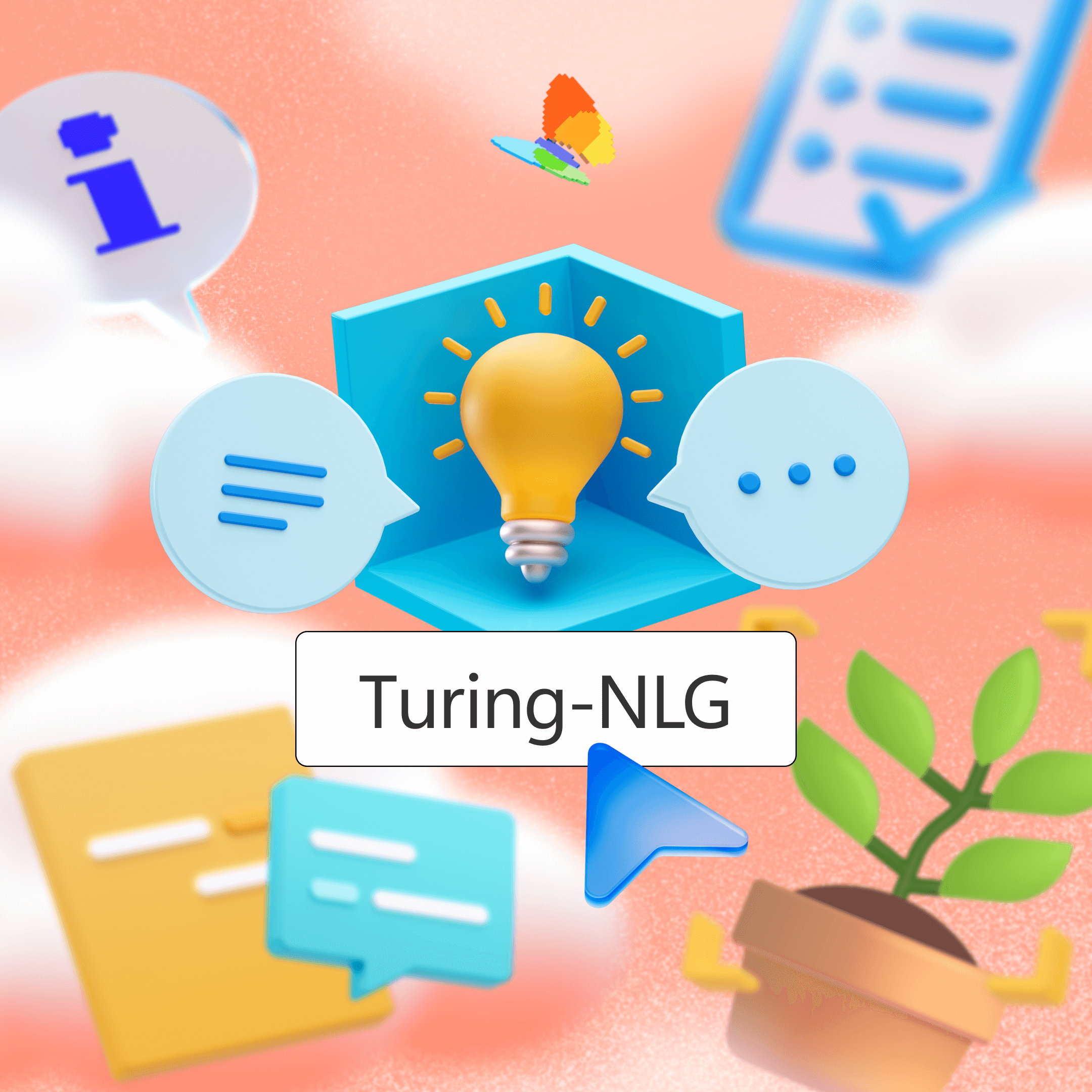
Setting the stage for innovation in large language models
In 2020, Microsoft released Turing-NLG (Natural Language Generation), one of the largest language models of that era at 17 billion parameters. This showed Microsoft’s leadership in the development of AI for natural language understanding and predated the development of other foundational models like Florence for visual recognition.

Nuance introduces the first ambient clinical intelligence solution for health care
DAX Copilot, now embedded in Dragon Copilot, was a major step in the health care field, using voice-enabled AI to allow clinicians to document patient encounters during a natural conversation between the doctor, patient and families, enabling doctors to pay undivided attention when with their patients, and reducing the amount of after-hours work.
In 2020, DAX became generally available, and in 2023, DAX Express became the first solution to combine conversational and ambient AI with GPT-4. The ambient AI solution is now trusted by more than 600 major health care systems. It is producing more than 3 million episodes of care per month and growing.
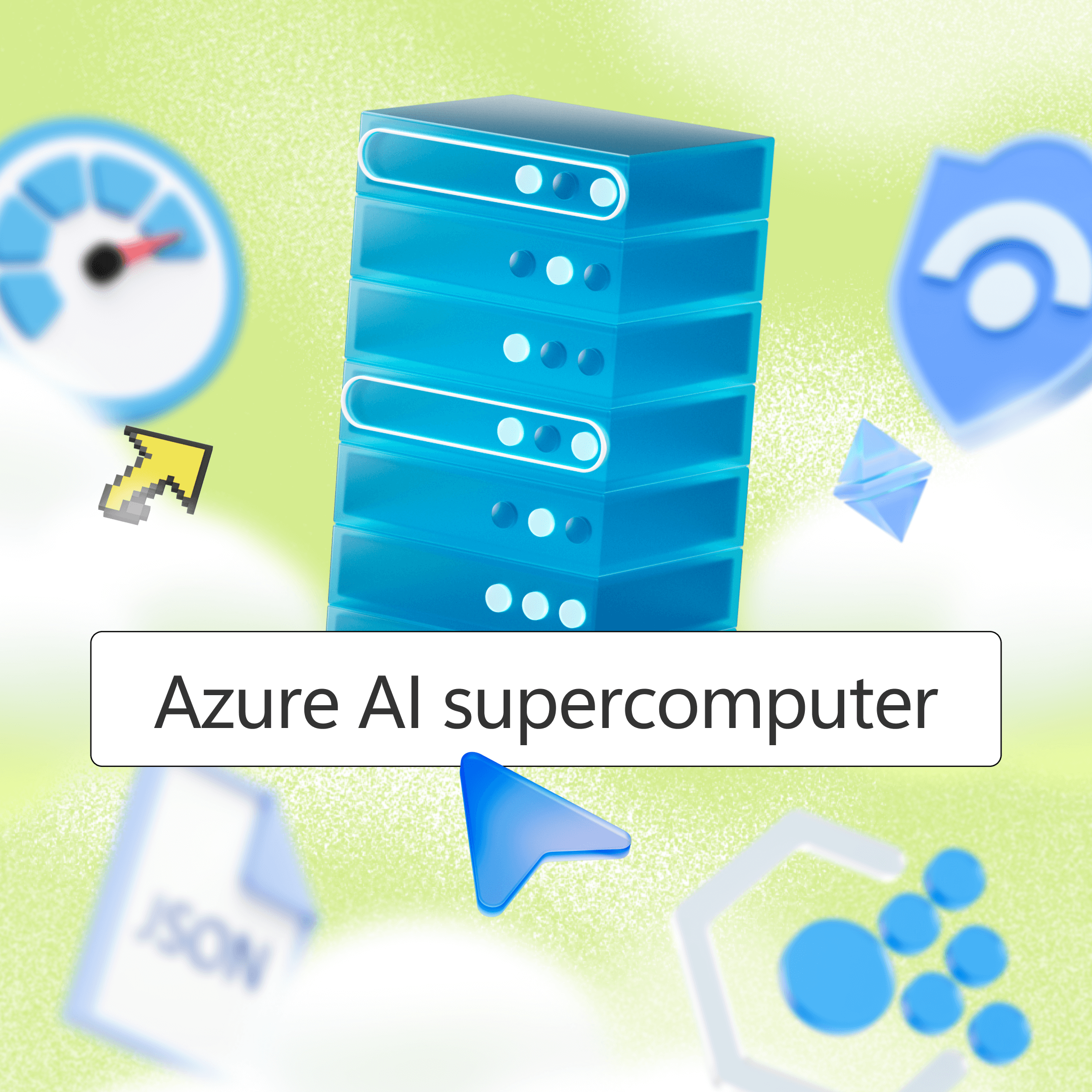
Unprecedented supercomputing infrastructure in Azure accelerates OpenAI’s breakthroughs
Also in 2020, Microsoft introduced a new supercomputer hosted in Azure for OpenAI, establishing new infrastructure to train large AI models and a first step in making them available as a platform. At the time of its release, compared with other machines listed on the TOP500 supercomputersin the world, Microsoft’s supercomputer ranked in the top five. In the following years, Microsoft expanded this infrastructure with AI supercomputers of unprecedented scale for major advancements in application performance for AI training and inferencing.
The partnership with OpenAI was formed on a foundation of shared ideals and a drive to responsibly advance the state-of-the-art in AI with more ambition than anyone else. Together the two companies built an unprecedented supercomputing infrastructure in Azure to accelerate OpenAI’s breakthroughs, and through that collaboration have been able to better understand not just how to put together the world’s best AI platform, but more importantly, how to deliver its benefits to customers and to the world.
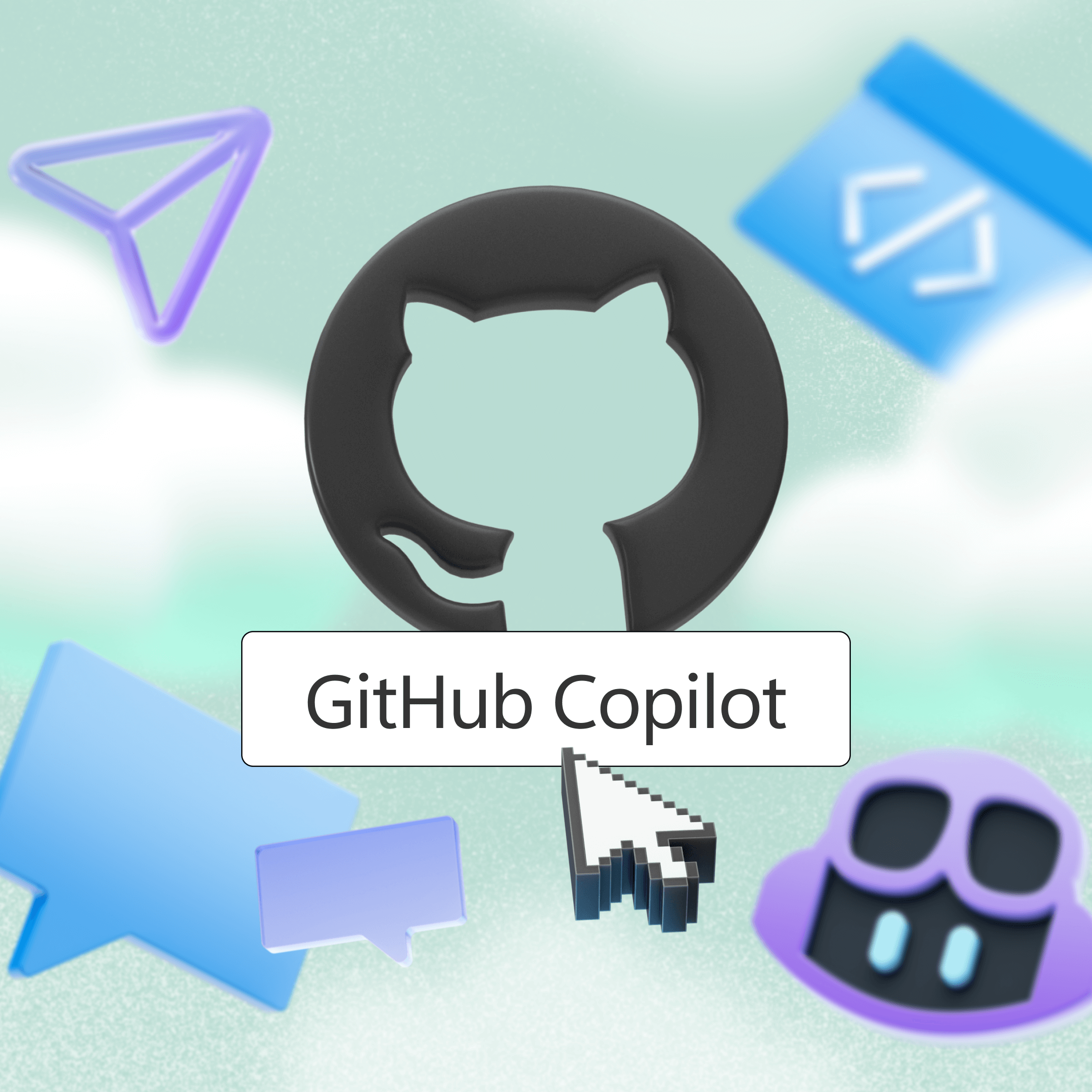
Opening the door for a new way to code with AI
Microsoft’s acquisition of GitHub led to the eventual creation of GitHub Copilot in 2021. The AI-powered coding assistant, which allows developers to choose from models like Anthropic’s Claude 3.5 Sonnet, Google Gemini 2.0 Flash, and OpenAI’s o3-mini and GPT-4o, helps developers write code more efficiently via suggested code snippets and contextually aware chat responses. It was another step in providing a world-class AI platform to empower customers, individuals and creators everywhere. Since then, GitHub Copilot has gone on to become the AI coding tool of choice for more than 77,000 organizations across every region and industry, and is quickly evolving into an agentic peer programmer with features like agent mode and code review.
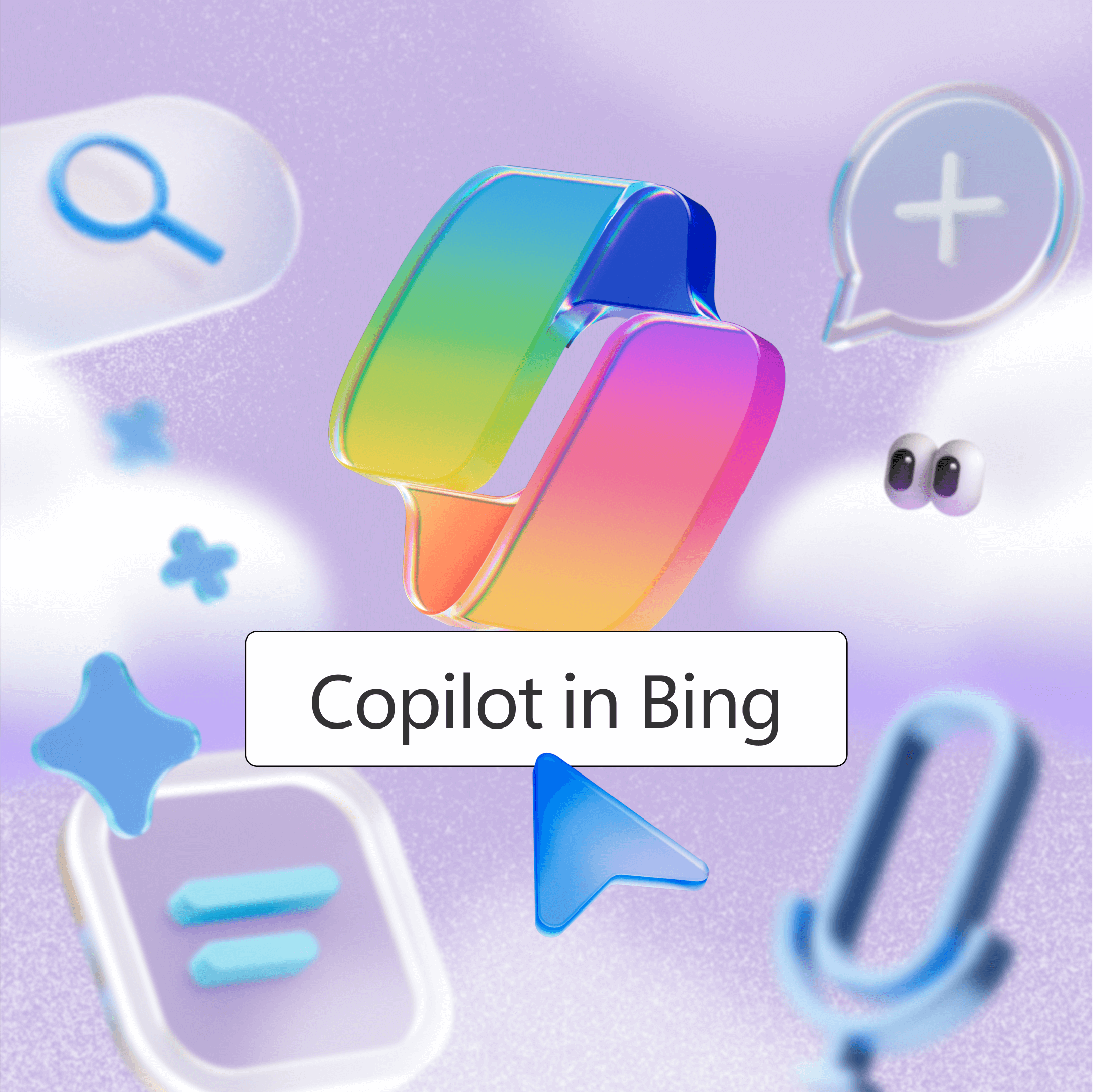
AI reinvents search and kickstarts wave of innovation across life and work
In 2023, Bing and Edge became AI powered, helping create a seismic shift in the way people used search. It also led to rapid Copilot evolution and integration across the Microsoft stack over the next year-plus. Copilot continued to evolve, becoming not just an informational tool but also a true AI companion with the release of the updated Copilot app for consumers. The introduction of Voice and Vision allows Copilot to adapt to the user and provide answers, encouragement and advice as people navigate life’s everyday challenges.
Following the initial launch in Bing in 2023, Microsoft rapidly integrated Copilot across its product portfolio. Microsoft 365 Copilot helped people be more productive, while Dynamics 365 and Power Platform helped transform business processes.
Rapid Innovation with Copilot
February 7, 2023
March 6, 2023
March 16, 2023
March 16, 2023
March 22, 2023
March 28, 2023
April 20, 2023
May 23, 2023
January 4, 2024
January 15, 2024
May 21, 2024
October 1, 2024
January 15, 2025
January 16, 2025
March 25, 2025
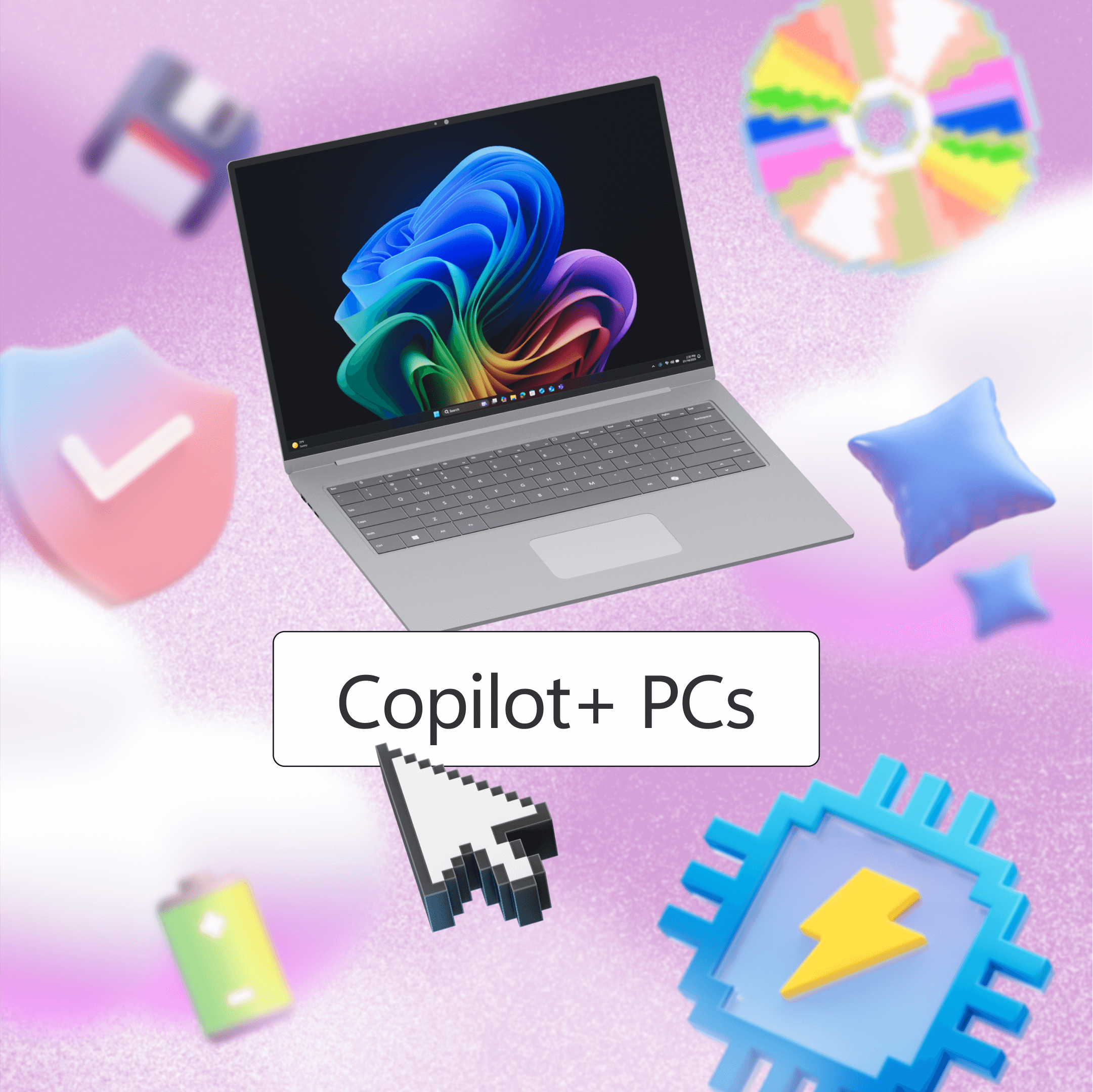
Introducing a new category of Windows PCs designed for AI
Building on the work begun in 2019 with the introduction of the Surface Pro X, Copilot+ PCs introduced in 2024 an all-new system architecture to bring together the power of the CPU, GPU and a new high performance Neural Processing Unit (NPU). Leveraging the capabilities of the NPU, Copilot+ PCs achieved a level of performance never seen before – up to 20 times more powerful and up to 100 times as efficient for running AI workloads. This ushered in a range of new AI experiences that were previously impossible, making getting things done on a PC faster, simpler and more personalized.
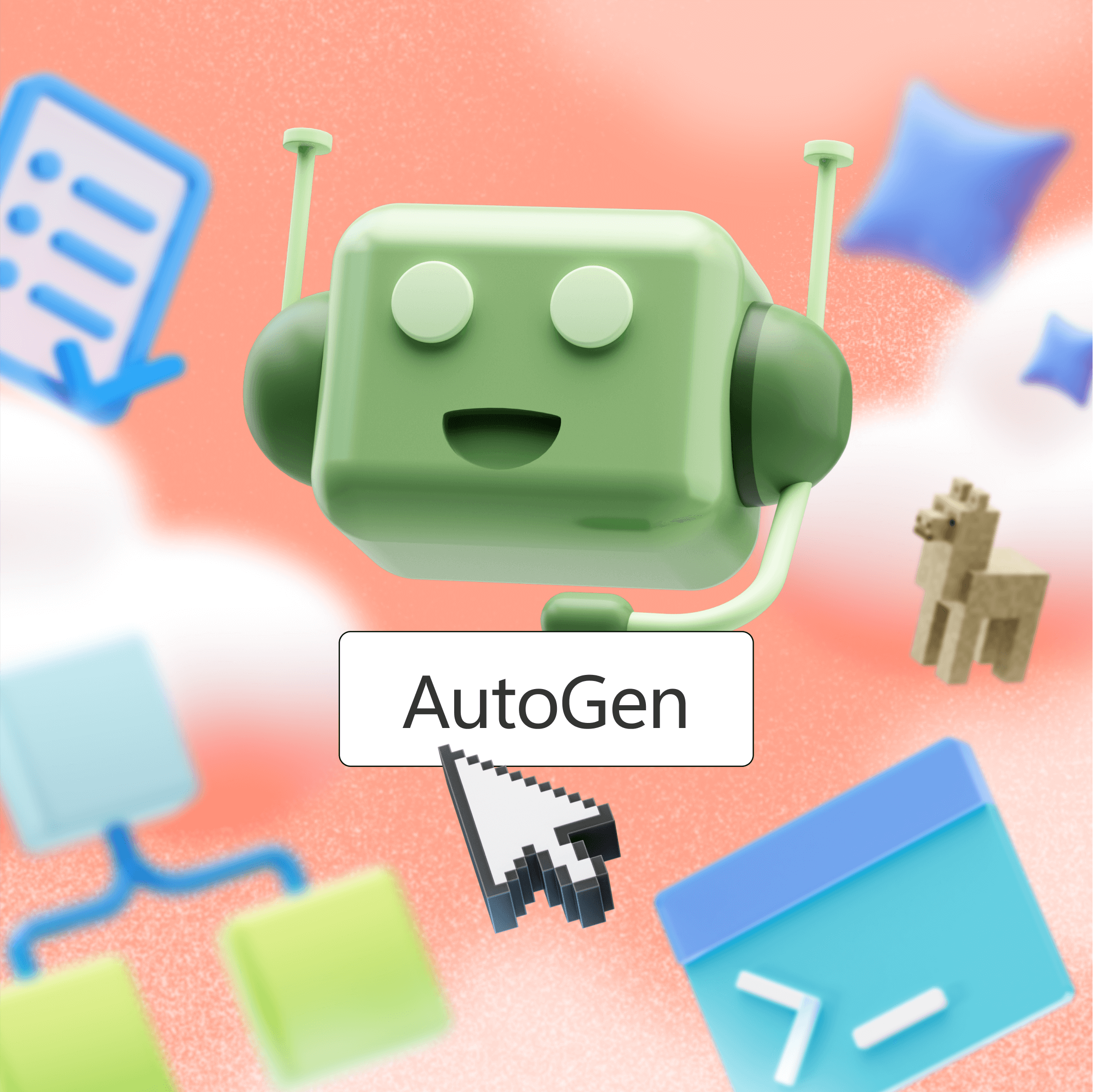
A new framework for building AI agents
Launched in 2023, AutoGen is an open-source programming framework for building AI agents and facilitating cooperation among multiple agents to solve tasks. AutoGen aims to provide an easy-to-use and flexible framework for accelerating development and research on agentic AI. The developer community response to AutoGen has helped set the stage and identify key use cases for Microsoft’s agent offerings.
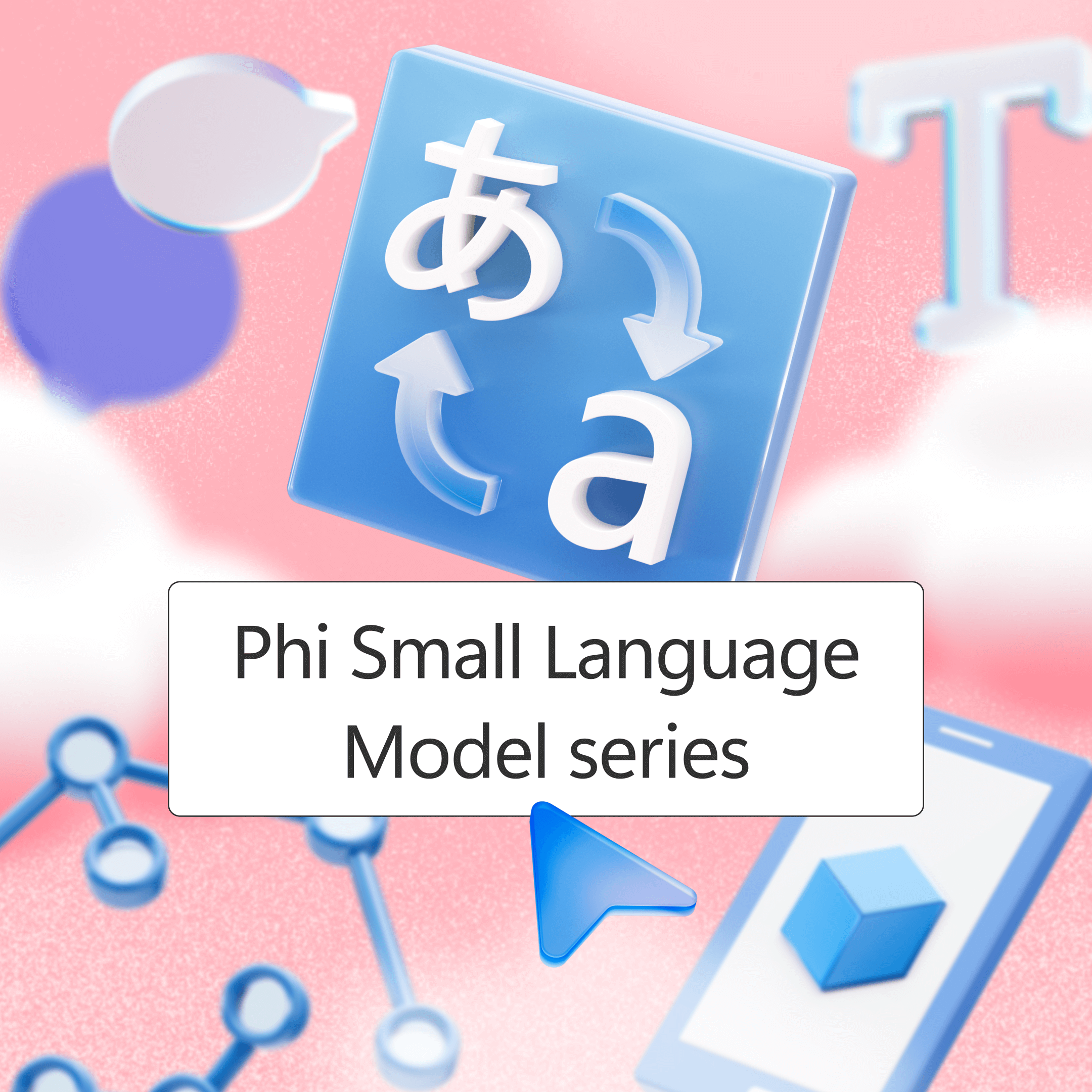
Pioneering the small language model category with Phi
This 2024 research-to-product innovation pioneered the category of small language models to unlock cost-effective, customized model innovation and make AI accessible to more people, for example, on smartphones and other mobile devices that operate “at the edge,” and not connected to the cloud. Since then, Microsoft has introduced more Phi iterations to the Azure AI Foundry model catalog including industry-specific Phi models to help customers address specific use cases.
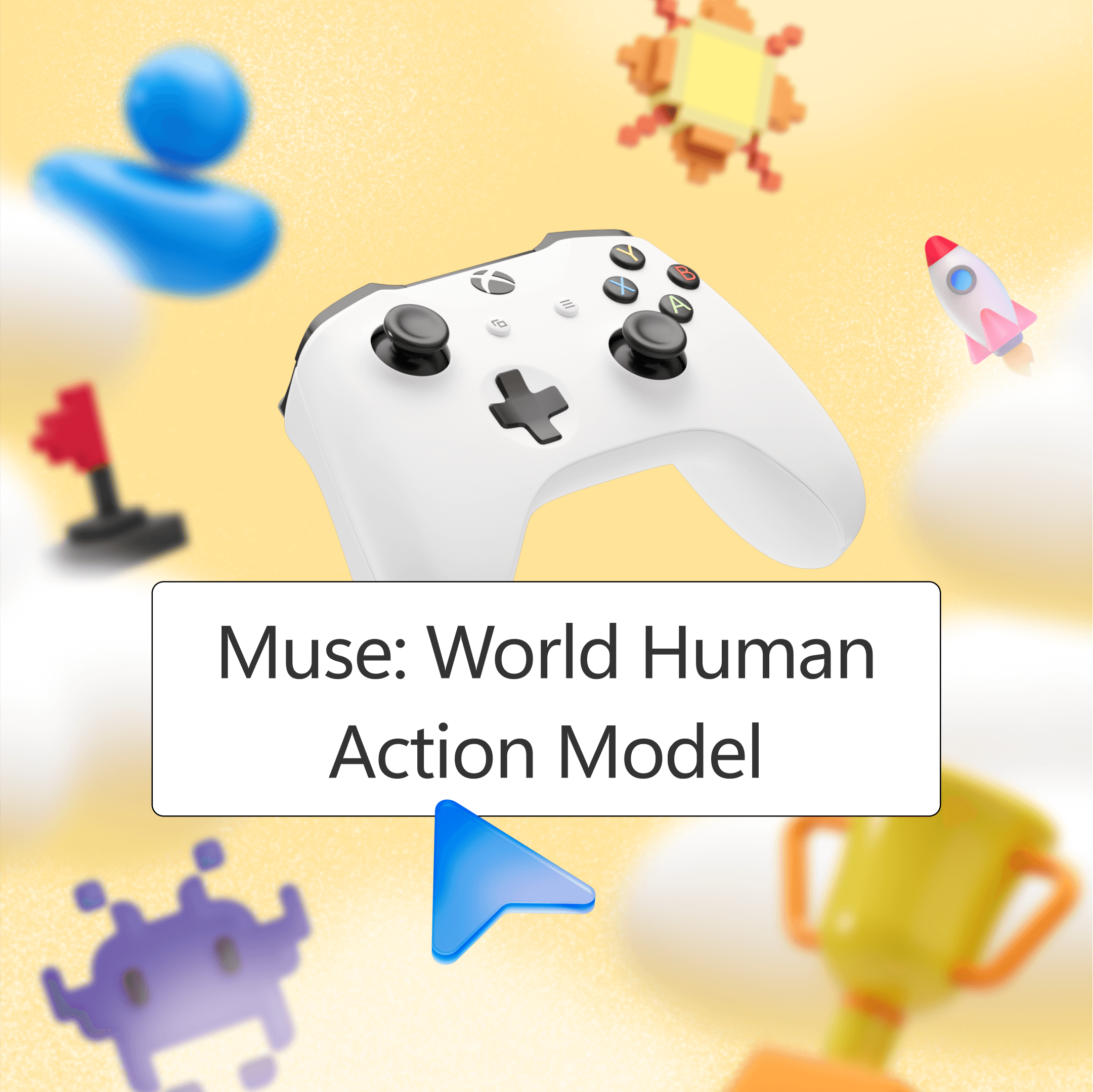
A first-of-its-kind generative AI model for gaming
A breakthrough in gameplay ideation, the Muse model, released in 2025, develops a deep understanding of the environment, including its dynamics and how it evolves over time in response to actions. The abilities of ChatGPT and GPT-4 to learn human language are now matched by AI’s ability to learn the mechanics of how things work, in effect developing a practical understanding of interactions in the world. This unlocks the ability to rapidly iterate, remix and create in video games so developers can eventually create immersive environments and unleash their full creativity.
These advancements just scratch the surface of Microsoft’s commitment to AI and its potential to help achieve the mission of empowering every person and every organization on the planet to achieve more through collaboration and innovation. From improving medical care to protecting biodiversity to transforming learning, the possibilities and impact of AI remain endless.
“What is really important in research is not only advancing the state of knowledge in technical terms, but ensuring these breakthroughs can enable a broader ecosystem as well,” Lee said.
“It’s more important than ever since the pace of change has increased tremendously. One of the things that I find inspiring about Microsoft, as a platform company, is that we are advancing the state of AI at the same time as we are helping our customers take advantage of this transformational technology.”
Story by Elliott Smith.

